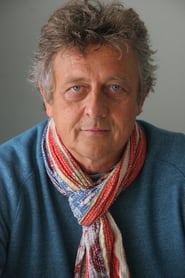

A documentary that invites us to discover the strange path led by the explorer-ethnographer Marquis de Wavrin who, in the 1920s and 1930s, made ethnographic films in several countries of Latin America.
No Trailers found.

Self

Self

Self (archive footage)

Narrator

Narrator

Narrator

Narrator